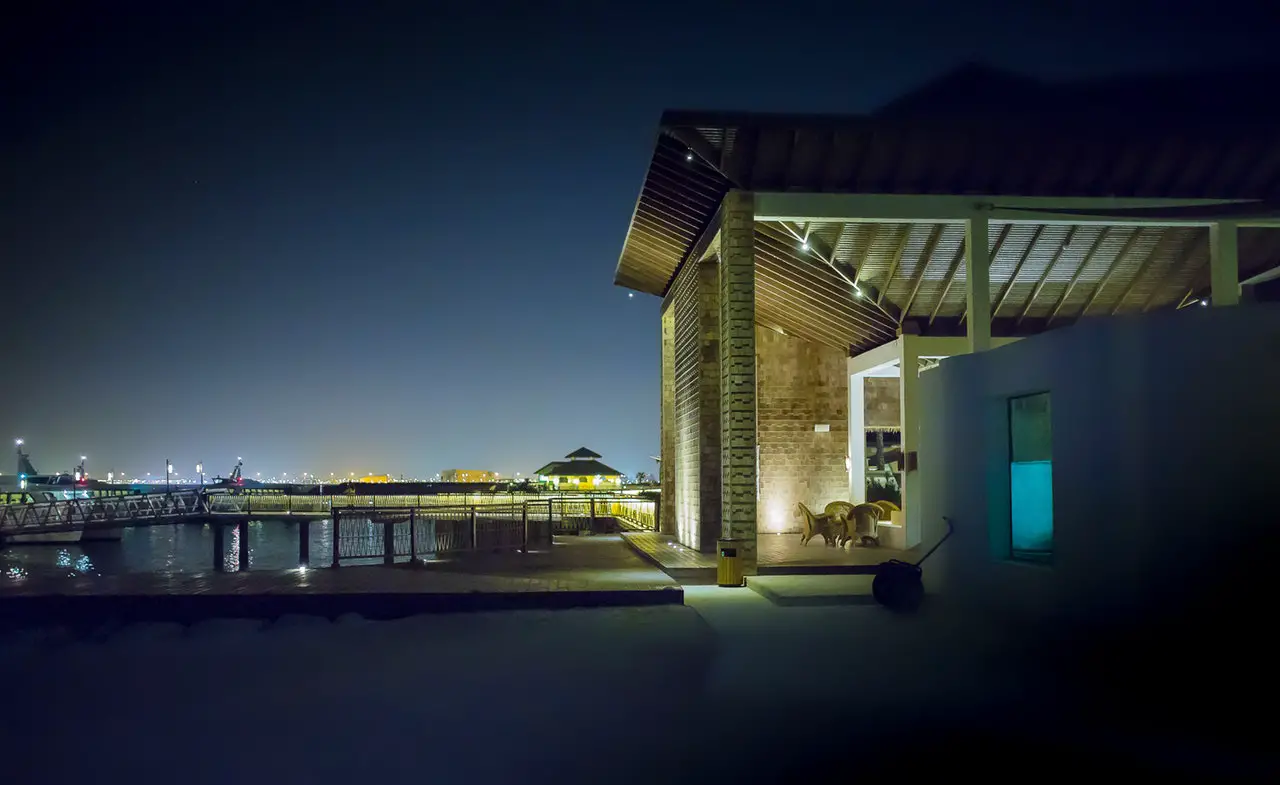
The internet, smartphones and the continued march of technology have transformed how humans work and live, so it is no surprise that connected, modern homes are becoming more functional and attuned to the needs and wants of homeowners. The average household is expected to have 50 connected devices by the end of the decade, and these smart devices are changing the very fabric of everyday home life.
Home automation
The home has seen a tech revolution during the last decade because nearly every usable device is now smarter and more efficient than before. That is due to the emergence and maturing of technologies, such as online connectivity, artificial intelligence, and robotic automation. The hoover has been transformed from a humble cleaning appliance to a smart, versatile device capable of cleaning without any physical input. Dyson’s 360 Eye robot, for example, promises “powerful, intelligent” operation by allowing users to schedule cleaning times with a smartphone app. It then navigates obstacles and cleans floors by itself.
Smart lighting and thermostats are also making living spaces more comfortable by adapting to the moods and needs of homeowners on the fly. Before the tech revolution, lighting changes would require a physical flick of a switch and the variations possible would be extremely limited. Now, a network can change 50 lights or more automatically by using sensors and other techs. Users can also access an app to monitor bulb status remotely, customize timers and set schedules. Technology certainly has driven a step change in the usefulness of everyday appliances for homeowners.
Virtual assistants
The new wave of personal assistants and voice controlled devices are also increasing the interconnectivity between each of these smart appliances. It is now possible to use Amazon’s Echo speaker assistant Alexa to dim the lights, change the music track on a streaming service or turn down the heating by giving it verbal instructions to do so. Bringing all of these devices together via one hub makes it easier for consumers to access and control the growing number of smart devices they own. Digital assistants can also serve up relevant information such as the latest news and weather updates, which changes how people consume content in the home.
Networking
A recent tech advance that is making these smart home devices even more intelligent is IFTTT, which is shorthand for ‘If This, Then That’. The platform allows appliances to interact with each other for further new and exciting possibilities. Security is an area where smart tech is making homes safer for residents, and IFTTT can, for example, pair a smartphone app and home Wi-Fi network, so a smart door locks automatically when a user is out of range of the network.
Smart cities
The concept of tech-enabled homes is now moving beyond the constraints of a single building as industry leaders explore its possibilities for benefitting a wider community. An investment group associated with Microsoft CEO Bill Gates recently invested $80 million into the development of a smart city in Arizona. The project will be built from the ground up with the latest tech, so that residents, who are expected to number more than 180,000, can use high-speed digital networks and autonomous vehicles.
“Envisioning future infrastructure from scratch is far easier and more cost-effective than retrofitting an existing urban fabric,” Grady Gammage, a spokesperson for the venture said. However, similar developments are unlikely to reach mass scale in the near future as tech giant Alphabet’s urban innovation company, Sidewalk Labs, has already spent $50 million on planning and pilot testing a tech-friendly neighborhood in Toronto.
However, both developments will act as a model for urban hubs in the 21st century and are likely to have an effect on home buying decisions in the short term as more people look for modern homes with the tech capable of improving their day-to-day lives. It can be argued that superfast broadband is already a prerequisite for new homeowners’ due to the rise of Internet-enabled, smart devices and the need for reliable and speedy connections to watch on-demand entertainment, browse the web and access mobile apps.
Home insurance
The implications for real estate professionals are also considered if tech-powered neighborhoods become the new normal because it will have a notable impact on how insurance is sold. The majority of cutting-edge tech products are already expensive, but the costs and sheer scale of these devices and appliances may drive a need for home insurance to be included as standard when buying a home. A warranty with real estate professionals will ensure smart systems and appliances are covered if they experience unexpected component failures.
Tech is here to stay
Smart homes will continue to evolve as tech becomes more affordable and can be readily adopted and installed by mainstream audiences. The desire to acquire modern conveniences now appears to be ingrained in our psyche and this will not only affect how new homes are built but change how consumers view home upgrades and personalization. RMD Design owner, Rose Dostal, believes there is now a desire to renovate “every square inch of our homes to be functional and usable”. That is a trend that will be explored liberally by major tech corporations during the next decade.










